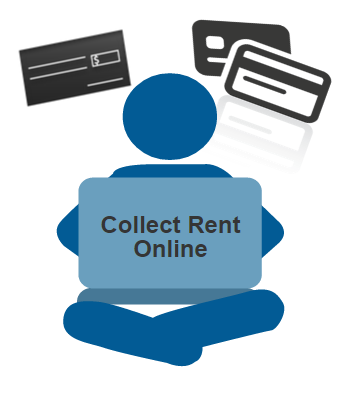
Managing rental income is one of the most critical aspects of property management. Whether you’re a landlord with a handful of properties or overseeing a larger portfolio, ensuring consistent cash flow is vital for operational stability. Late or missed payments, manual processes, and administrative bottlenecks can seriously hinder the reliability of your finances. Fortunately, advancements in automated rent collection technology have made it easier than ever to streamline this process and improve cash flow reliability.
This article dives into the core benefits of automated rent collection systems, showing how they can transform your rental business into a more efficient and dependable operation.
The Challenges of Manual Rent Collection
Many property managers and landlords still rely on traditional methods of collecting rent, such as checks, in-person payments, or direct bank transfers. While these methods can often get the job done, they come with their share of challenges:
- Late or missed payments create unpredictability and can strain landlord-tenant relationships.
- Manual tracking of payments increases the risk of errors and mismanagement.
- Following up on outstanding payments becomes a time-consuming and repetitive task.
- Paperwork and physical records make reconciliation and audits cumbersome.
These inefficiencies not only delay payments but also create stress for landlords trying to maintain steady cash flow. Automated rent collection offers a solution by addressing these pain points directly.
The Benefits of Seamless Automated Rent Collection
Timely and Predictable Payments
One of the greatest benefits of automated rent collection is the ability to receive payments on time. Automated systems operate using scheduled payments, usually linked to tenants’ bank accounts. Tenants can set up recurring transfers, which are processed automatically every month, drastically reducing missed or late payments.
Statistics have shown that automated rent collection systems improve on-time payments significantly. According to a recent survey, landlords using automated solutions reported a reduction in late payments by up to 65 percent. This predictability ensures steady cash flow, which is essential for paying expenses like mortgages, maintenance costs, and taxes.
Simplified Payment Tracking and Reporting
Automated rent collection systems keep detailed digital records of all transactions. This simplifies reconciliation, making it easy to track which tenants have paid and which payments are outstanding at a glance.
Digital reporting tools are also typically included, enabling landlords to generate monthly or yearly summaries of income. This eliminates the need for time-intensive manual recordkeeping while providing an accurate financial snapshot of your rental business.
Reduced Administrative Overhead
Processing rent manually often involves significant administrative time, from managing checks to updating payment records. Automated rent collection eliminates these manual tasks, freeing up your time to focus on more strategic aspects of property management.
For landlords who manage multiple properties, this is particularly advantageous. Automating the collection of rent from all units ensures consistency in payments without having to juggle numerous payment methods or timelines.
Improved Tenant Experience
Tenants also benefit from the seamless experience provided by automated rent collection systems. They no longer have to worry about remembering payment due dates or making trips to drop off rent. The convenience of setting up and forgetting monthly payments improves not only their satisfaction but also their likelihood of paying on time.
Many automated systems provide tenants with access to an online portal where they can view payment history, download receipts, or update account details. This added layer of transparency fosters trust and strengthens the landlord-tenant relationship.
